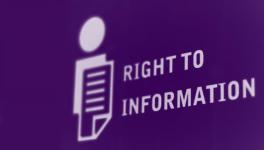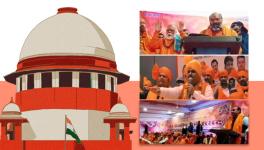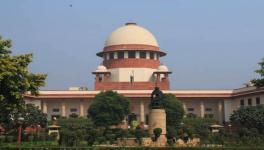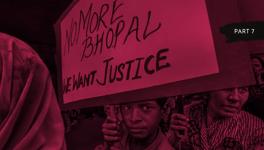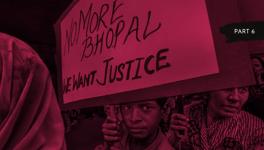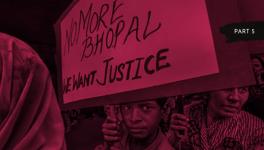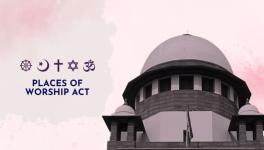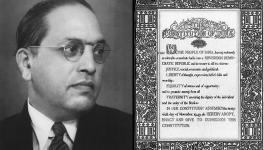Judge Loya death Judgement Leaves Many Questions Unanswered
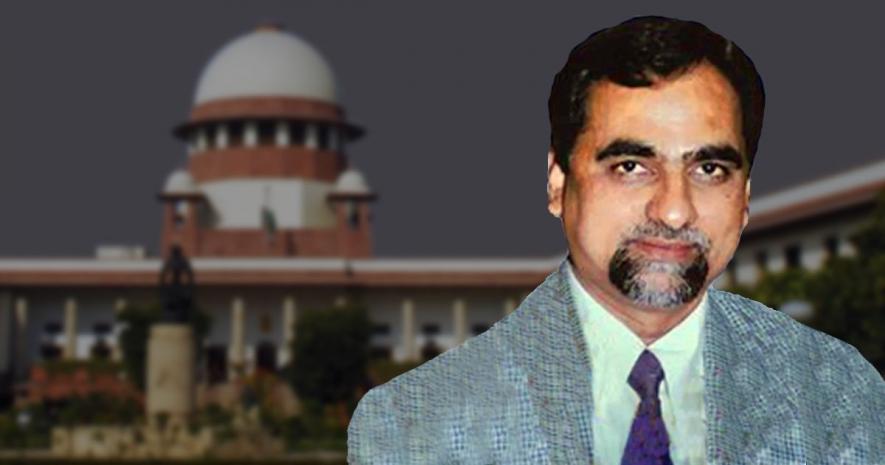
Image Courtesy: Scroll.in
The decision of the Supreme Court to dismiss the petitions seeking an SIT inquiry into the death of Judge Loya, though came as a surprise, must be respected. Some politicians have taken this opportunity to feel vindicated. On the other hand, many, who truly believed that the circumstances leading to Judge Loya’s death were suspicious, probably feel demoralised. The Judgement has certainly raised a number of questions.
The Supreme Court had accepted the statements of the Judges, who were present with Judge Loya till his death. They also accepted the findings of the discreet inquiry conducted by the Maharashtra government. The Court accepted that Judge Loya complained of chest pain at around 4 am, after which, he was taken by a car to Dande Hospital. He underwent an examination there, and reportedly got his ECG. He was then taken to Meditrina Hospital, where he was admitted to the ICU. After a failed attempt to resuscitate him, he was declared dead. The Court also accepted that it was normal for the three Judges to share a room at the guest house, as they were friends. The fact that Judge Loya’s name was incorrectly written as ‘Brijmohan’ instead of ‘Brijgopal’ was attributed to the stress the Judges accompanying him were under. The Court dismissed an issue raised by the petitioners that the bill from Meditrina included charges for ‘neurological surgery’, stating that the petition was not about medical negligence. The Court also opined that Advocate Prashant Bhushan’s submissions regarding the interpretation of the ECG and histopathology reports showed that it differed from what was submitted in a report by the Maharashtra government. Finally, the Court dismissed the contentions over why the body was not taken to his residence and instead to his native place. On this point, the Court stated that the decision lies with the family alone.
Senior Counsel Dave had requested a list of persons to be summoned for cross-examination. These included the Judges, who were present with Judge Loya in his final moments, as well as medical, legal and police officers involved in the case and the inquiry. Dave had also requested that he be allowed to cross-examine the Caravan reporter, who had broken the story, and the family members of Judge Loya. The Supreme Court denied this request, and instead chose to accept the statements of the Judges made during the discreet inquiry.
The Judgement reproduced, among other things, the statement made by the four Judges. The interesting point here is that the three Judges seem to be unsure of whether an ECG was conducted at the Dande Hospital. Judge Kulkarni’s statement did not mention any ECG, however he mentioned that Judge Loya underwent an examination. Judge Modak also did not mention an ECG being conducted. He too mentioned that an examination was conducted. Judge Barde however mentioned that an ECG was conducted at Dande Hospital. Interestingly, Judge Rathi’s statement said that the nodes on the ECG machine were broken at the Dande Hospital, and time was wasted, as the machine was not working. He did not specifically state whether an ECG was carried out or not.
The Supreme Court declined allowing the petitioners from cross-examining the Judges. The Court termed such a request as an affront on the judiciary. However, the question here should be whether the Judges accompanied Judge Loya as ‘judges’ or as ‘friends’ in their individual capacity. Considering that Judge Kulkarni who admitted Judge Loya into Meditrina Hospital signed as a ‘friend’, it could be argued that the Judges did not do it in their capacity as Judges. Thus, a request to cross-examine them should not have been perceived as an affront on the judiciary.
The bill from the Meditrina Hospital contained several items, which should not have been billed to someone, who was declared dead before availing any of them, such as ‘dietary consultancy’. However, neurological surgery as an item in the bill should have evoked some curiosity in the mind of the Court. Considering that Judge Loya allegedly complained of chest pain, why would the Hospital have conducted a neurological surgery? This neurological surgery, if was conducted, could also corroborate the conclusions drawn in the Caravan articles, which suggest that Judge Loya must have been hit on the back of the head.
The petitions, unfortunately, became more politicised than they should have been. The Court, for reasons best known to it, chose to term the petitions as politically motivated and considered them as an affront on the judiciary. It is strange that a petition seeking an independent inquiry into the death of a judge is considered as a politically motivated conspiracy to malign the judiciary. In the Judgement, the Court made several references to statements made by the petitioner advocates, which ordinarily would have amounted to contempt in their eyes. It is equally possible that these statements may have had a bearing on the outcome of the hearings.
Get the latest reports & analysis with people's perspective on Protests, movements & deep analytical videos, discussions of the current affairs in your Telegram app. Subscribe to NewsClick's Telegram channel & get Real-Time updates on stories, as they get published on our website.










